Voice:
Daniel Martin

We aim to produce accessible and sustainable resources that generate new understandings of speech dysfluencies and a transformative sense of belonging for those who speak dysfluently.
https://files.stutteringcommons.org/b.m4a
Voice:
Conor Foran

Making Waves: a stuttering pride flag was created by a group of seven people who stutter in October 2022. The flag expresses three values. First: community, represented by sea-green, symbolising the existing community that has used this colour for stuttering awareness since 2009. Second: nature, represented by the wave motif, symbolising stuttering as a natural, varied phenomenon. Third: liberation, represented by ultra-marine, symbolising the progress and passion of the stuttering pride movement. This photo was taken at the first stammering pride march in August 2023 in Victoria Park, London, and was attended by people who stutter and their allies.
https://files.stutteringcommons.org/we-claim-stuttering-as-a-legitimate-and-valued-form-of-speech-variation.m4a
Voice:

In 2016, Alda Villiljós collaborated with Málbjörg, the National Stuttering Association in Iceland to photograph people in the moment of stuttering.
Voice:
Patrick Campbell

Alternative voices was a series of continuity announcements on Channel 4 by individuals with a variety of communication differences. They were released and used in December 2013. The announcements involve: Kate, who is an Augmentative and alternative communication device user; Matthew, a person who stammers; Jess Thom, who has Tourette’s; Alex, a deaf actor who uses both speech and British Sign Language (BSL); and Luke, who has Tourette’s.
https://files.stutteringcommons.org/soundscape-of-vocal-difference-and-diversity.m4a
Voice:

Stuttering pride is starting to mature. No longer a hushed whisper that might evaporate if spoken aloud, the social movement of stuttering pride has turned to root and flower.
Voice:

Stammering Pride Against Prejudice was a conference held in City Lit in September 2023, hosted by Sam Simpson and Patrick Campbell. Intersectionality and stammering culture were among some of the topics explored. It was a follow up to the landmark conference and publication, Stammering Pride and Prejudice.
Voice:
Patrick Campbell

This is a video clip of the House of Commons during the 2012 Autumn Statement. It shows Ed Balls, a person who stammers and politician, speaking and being jeered and mocked for a moment of stammering. The Autumn Statement is an important part of a political calendar in the UK. The political party in power presents their monetary policy for the year. The opposition party then has a chance to ask questions and critique the policy. Ed Balls was in opposition government and the person, as shadow chancellor of the Ex-Chequer, in the role to give the main critique. He is a person who stammers and he stammered during his repost. The main party in governing power laughed and mocked him. Ed Balls has became an active advocate of people who stammer in the UK over the years after these experiences.
https://files.stutteringcommons.org/demands-speed-efficiency-and-fluency-in-voice.m4a
Voice:
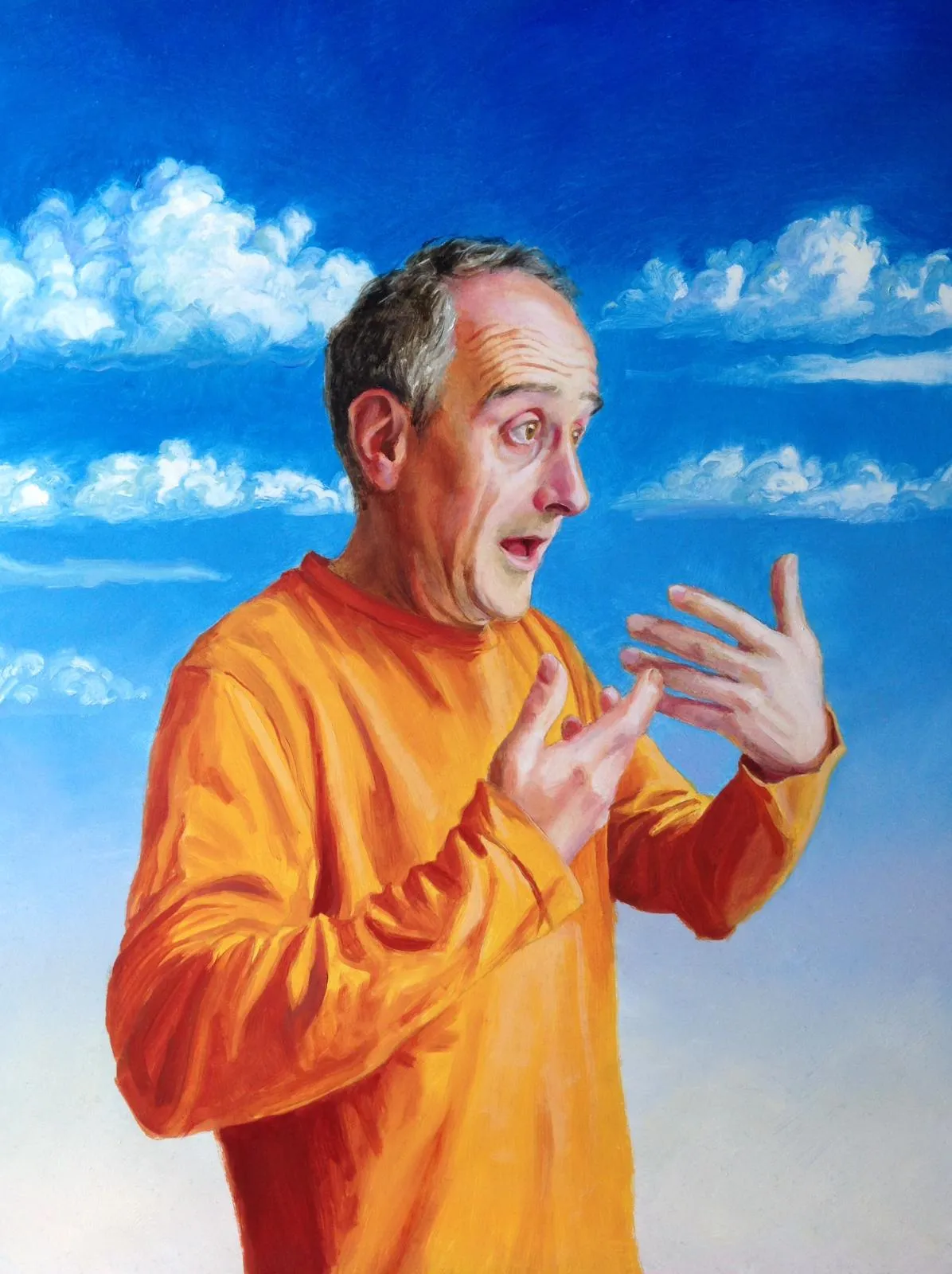
Paul Aston is a figurative painter working in Cambridge in the United Kingdom. He explores the experience of stammering through paintings that celebrate stammering as just the way people speak.
Voice:

Who We Are is an audio love letter to the diversity that exists within the stuttering community. It aims to represent as many different languages, accents and voices as possible.
Voice:
Conor Foran

Whether people who stammer consider themselves disabled or not does not stop them from being disabled by society. As long as society views stammered speech as inferior, they will be disabled by societal norms.
https://files.stutteringcommons.org/dysfluent-speech-and-disabled-voices.m4a
Voice:
Patrick Campbell

Willemijn Bolks is a stutterer and creative in the Netherlands. She has been making comics for the past few years to help herself and others understand the experience of stammering. She shares her comics on Instagram and has an online shop too. She shared this comic on International Stammering Awareness Day in October 2021. It shows Willemijn in a green top, in a variety of speaking poses saying “I st-st-st-st-stutter. I create long silences and I am allowed to take up that space.”
https://files.stutteringcommons.org/comic.m4a
Voice:
Conor Foran

JJJJJerome Ellis’s The Clearing asks how stuttering, blackness, and music can be practices of refusal against hegemonic governance of time, speech, and encounter. Taking his glottal block stutter as a point of departure, Ellis figures the aporia and the block as clearing to consider how dysfluency, opacity, and refusal can open a new space for relation. This photo shows some of the typographic detailing in the publication.
https://files.stutteringcommons.org/contemporary-contributions.m4a
Voice:

What does good speech therapy look like? Should you focus on spontaneity over fluency? "It's ok to stutter" can be a powerful message.
Voice:
Patrick Campbell

The stammering aesthetic is an aspect of the person you may often witness when you meet them face to face, but one which is never shown on a still photograph.
https://files.stutteringcommons.org/as-an-aesthetic.m4a
Voice:
Conor Foran
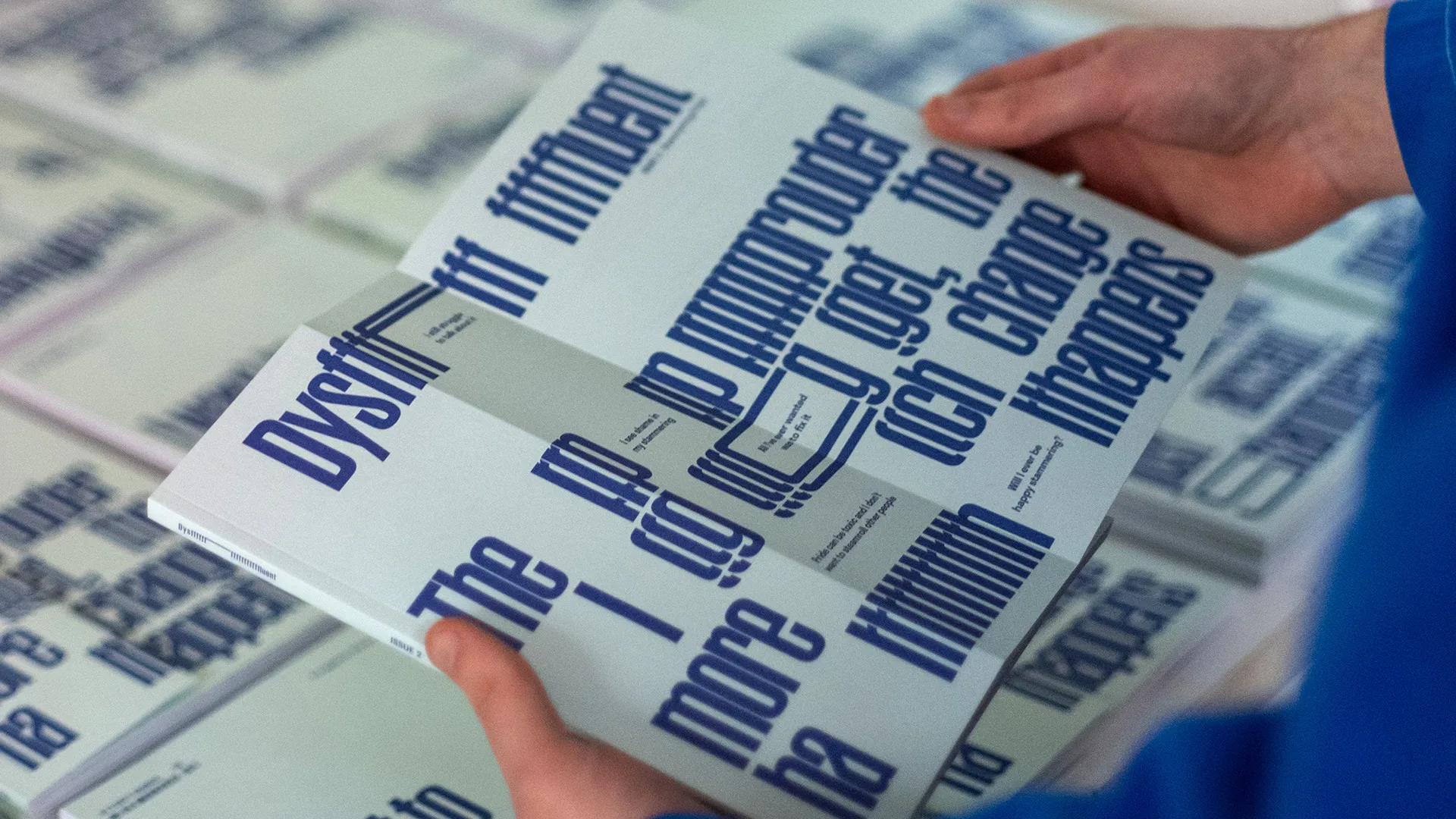
Dysfluent is an independent magazine by Conor Foran and Bart Rzeznik that explores the lived experience of stammering through interviews and essays, facilitating contrasting and challenging views. Each interview is set in Dysfluent Mono, a font representing the person’s stammer. The second issue about stammering pride was published in October 2023 and is a compilation of interviews and visual artwork celebrating and challenging stammering pride.
https://files.stutteringcommons.org/publications.m4a
Voice:

Stuttering may give us special insight into language by breaking it open and exposing its seams.
Voice:
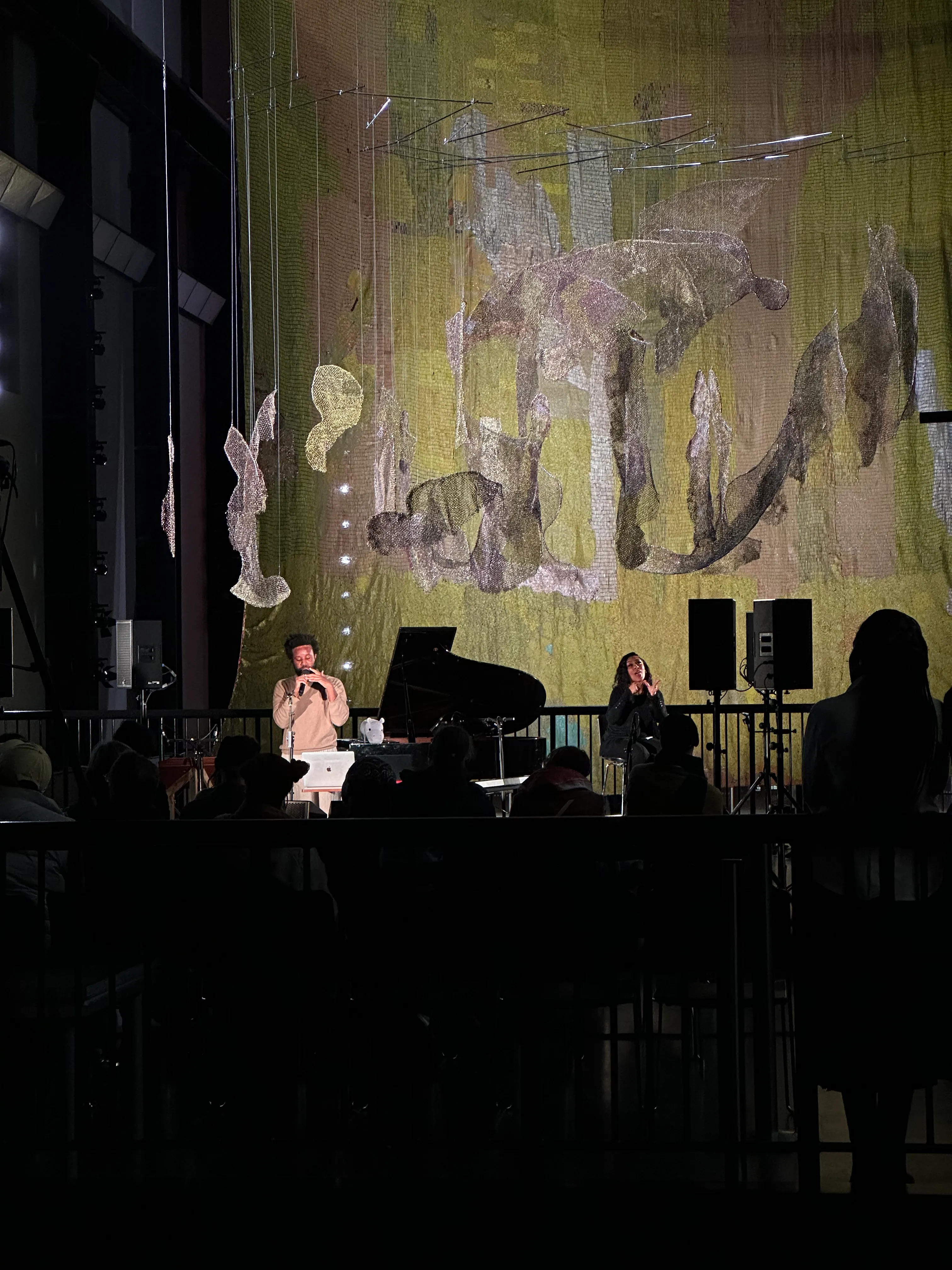
Performed by artist and composer JJJJJerome Ellis in March 2024, Voice and Breath bridged the worlds of stammering, music, art and performance in the Tate Modern's Turbine Hall, London.
Voice:
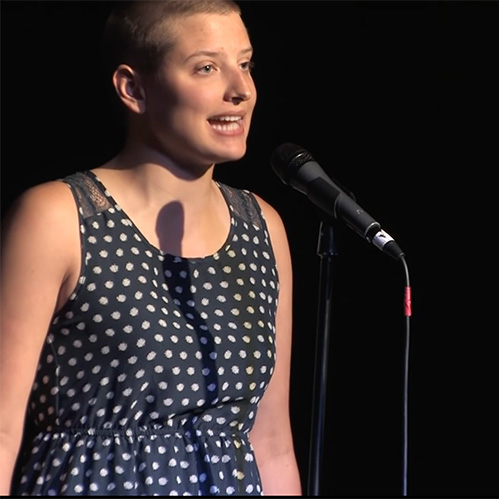
'Honest Speech' is a poem about stuttering performed by Erin Schick at National Poetry Slam 2014 in Oakland, California.
Voice:
Maria Stuart

We welcome stuttering in all its forms, frequencies, and intersections, recognizing that we all stutter and stammer in different ways. Collectively, we desire a space (and time) for people with dysfluencies and their allies to explore, celebrate, study, and document vocal differences.
https://files.stutteringcommons.org/a.m4a
Voice:
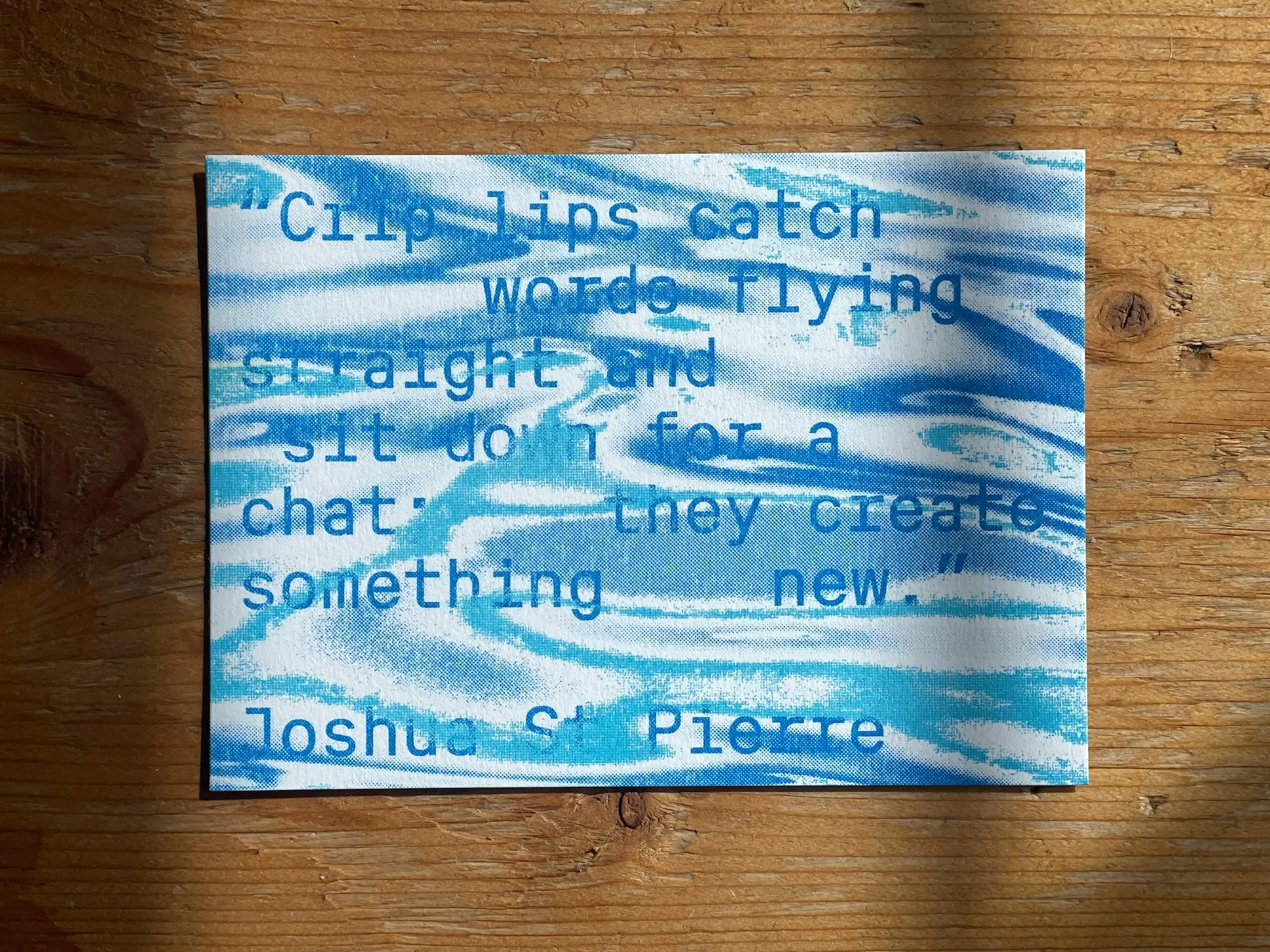
A postcard design by Conor Foran featuring a quote taken from Joshua St Pierre's 2017 article on the blog Did I Stutter?
Voice:
Conor Foran
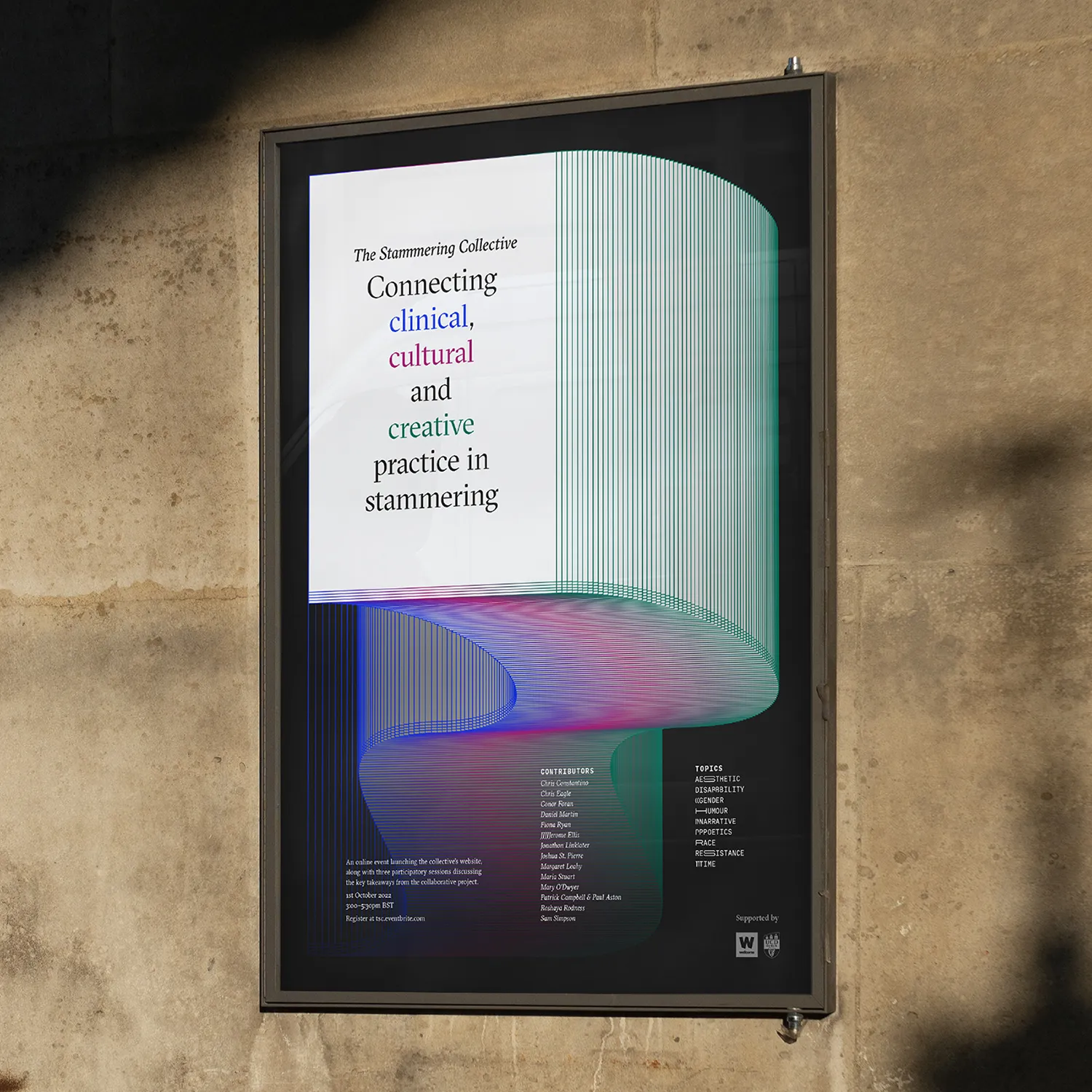
The Stammering Collective is an international group connecting clinical, cultural and creative practice in stammering, supported by Wellcome and University College Dublin. This event poster advertises the launch of their digital archive in October 2022.
https://files.stutteringcommons.org/in-our-collaborations.m4a
Voice:
Conor Foran
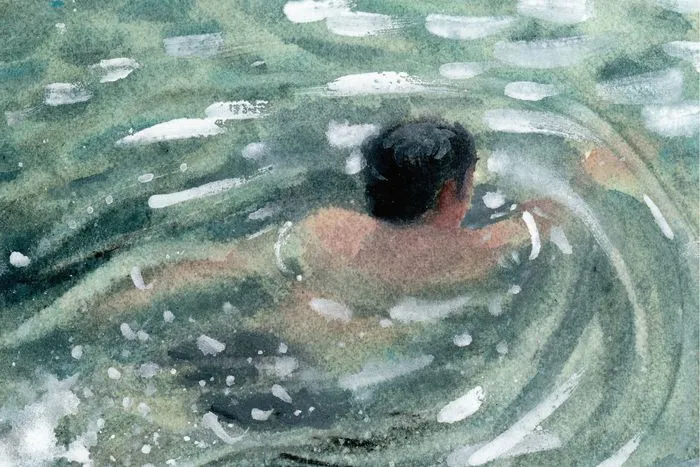
In 'I Talk Like A River', the author Jordan Scott relates stuttering to a bubbling, churning, whirling and crashing river. This is a watercolour illustration by Sydney Smith that features in the book.
https://files.stutteringcommons.org/we-all-stutter-and-stammer-in-different-ways.m4a
Voice:
Joshua St Pierre

We invite individuals, academics, activists, artists, and therapists into progressive and emancipatory dialogue about how we experience, understand, represent, and document dysfluency in all its intersections to support collective action and social change.
https://files.stutteringcommons.org/d.m4a
Voice:
Patrick Campbell
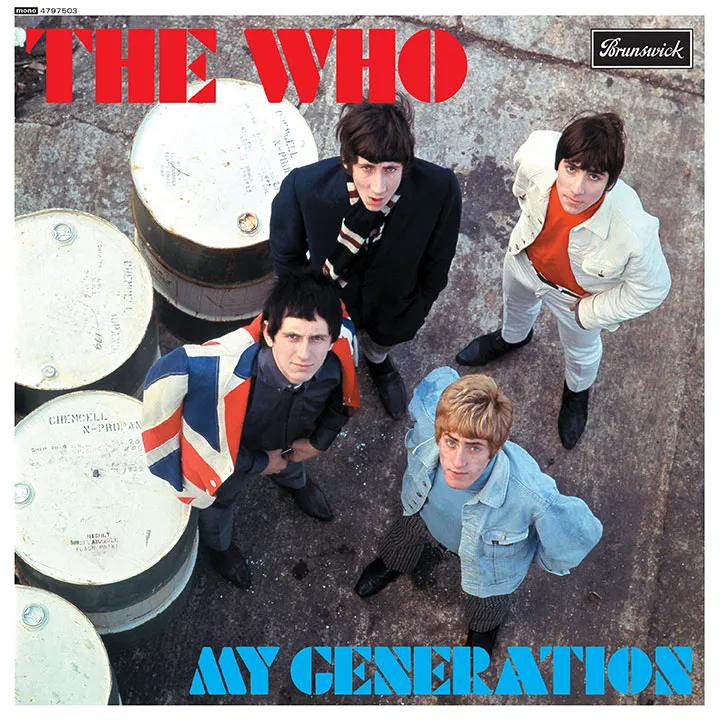
My Generation by the WHO was released in October 1965. It was written by guitarist and song-writer Pete Townshend. The personnel involved in the recording were: Roger Daltrey, lead vocals; Pete Townshend, electric guitar and backing vocals; John Entwistle, bass guitar and backing vocals; and Keith Moon, drums. A range of stories exist as to the reason for Roger Daltrey’s distinctive staccato delivery. Producer Shel Talmy called it "one of those happy accidents". At first, the BBC banned the song, concerned it would be offensive to those who stutter. They reversed this decision after its initial success. The song is often included in lists of the greatest rock songs of all time.
https://files.stutteringcommons.org/song.m4a
Voice:
Sam Simpson

We honour the rich and varied sounds of stuttered speech by ensuring they are heard and experienced within an emerging stuttering culture.
https://files.stutteringcommons.org/c.m4a